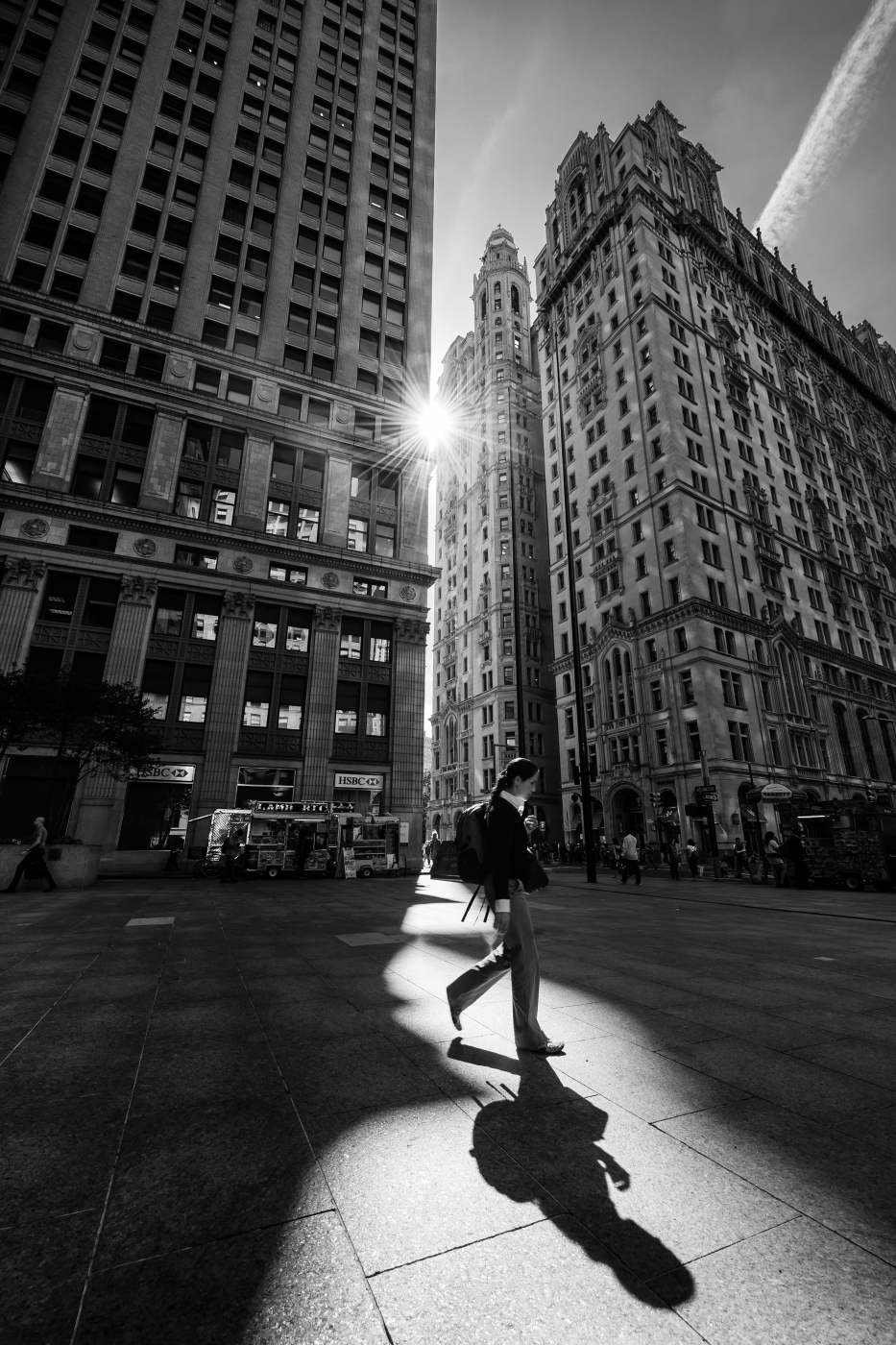

“It seems pretty clear they were real workers, but the event was organised with a number of photographers." "The image was a publicity effort by the Rockefeller Center,” Johnston told the UK's Independent. No, 11 men eating lunch on a beam hanging 69 floors in the air was not an everyday sight, and the whole thing came together to publicize the construction of Rockefeller Center. IT WAS PURELY FOR PUBLICITY.Īlthough the image was meant to give a casual look into what a worker’s life was like high above the city streets, it was purely for publicity purposes.
#New york skyscraper walk archive#
But other photographers were up there that day, too, including William Leftwich and Thomas Kelley, and so the Rockefeller archive and Corbis removed any official credit and attributed the photo to “unknown.”Īccording to Ken Johnston, who was the Historical Director of Photography at Corbis Images, until the 1950s it wasn’t out of the norm for photographers to not receive credit for their photos. Ebbets, who actually received credit for it for a while. One name that keeps coming up is Charles C. The image of these workers, dangling high above Midtown, may be etched in our memories (and on apartment walls, T-shirts, and refrigerator magnets) forever, but no one really knows who was responsible for taking the picture. THERE ARE STILL DOUBTS ABOUT THE PHOTOGRAPHER’S IDENTITY. Here are 10 fascinating facts about Lunch Atop a Skyscraper. It’s been over eight decades since the image was printed in the New York Herald-Tribune on October 2, 1932, and it's been one of the most well-recognized pieces of photography ever since. It showed the world that New York City-and America as a whole-was still building, still progressing, and, most importantly, still working. The sight of 11 Rockefeller Center construction workers casually eating lunch across a beam hanging 850 feet in the air was a hopeful look at life in the '30s. But Lunch Atop a Skyscraper was different. Images of breadlines, derelict housing, and desperate mothers informed the cultural consciousness by bringing the Depression to newsstands across the United States. The Great Depression inspired some of the most memorable photographs of the 20th century by perfectly capturing the heartache and suffering of a nation out of work.


 0 kommentar(er)
0 kommentar(er)
